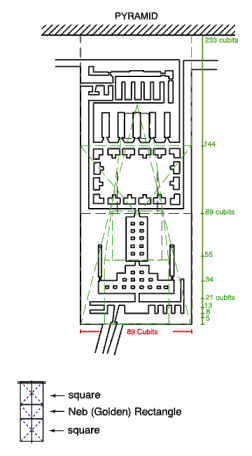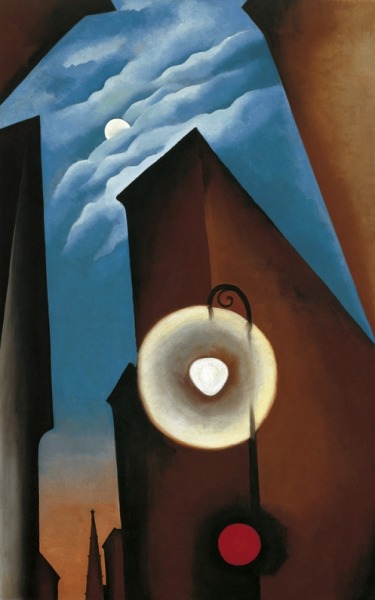As each new technology enters the mainstream, the cyclic process of job elimination creates a permanent underclass. Mechanization in southern cotton mills replaced thousands of African American workers who then migrated to cities and took low paying factory or service jobs while living in rundown communities. Low-income neighborhoods and racially segregated housing is perpetuated as each technology lays waste to the skills of the previous population of workers.
The seductiveness of a new technology can be measured by how much money big business invests in the marketing of the new industry. By the 1860s, as Lincoln’s candidacy – and politics in general – become media fodder, the ensuing war beget the marriage of government policy with the interests of big business.
Capitalism, corruption, monopolies, and war profiteering were all inextricably linked to emergent policies that provided tax advantages to the wealthy. The men who headed these burgeoning corporations would build lucrative empires on the backs a poor population, desperate for work and sustenance. Exploitation of labor would become de rigueur as the rich curried favor with government policy makers. A government eager to reap the benefits of liaisons with wealthy men would routinely and covertly sanction legislation that failed to benefit the middle class or the poorest of society. As J. P. Morgan colluded with government to rid himself of foreign steel competition, he employed over 200,000 men who worked twelve hours a day for such low wages they could barely survive. Technology was driving industry and making a few men rich on the backs of the poor multitudes. Today, men such as Bill Gates and Steve Jobs effectively mandate innovations in the computer industry. From their edicts, innovation trickles down and peripheral manufacturers depend on a low wage work force outside of the U.S. for many component parts. The resulting job loss has placed the U.S. in the throes of economic disaster. Foreclosures, and bank, and finance meltdowns continue to decimate the American economy – this in response to a global shift in technological innovation.
We can see the repercussions of corporate and government liaison in the current health care debate. HMOs have paid millions to congress to ensure that no health care reform bill is passed. It looks like their tactics are working. Those who are not poor enough for welfare, but have so little income they cannot afford the high cost of healthcare, will suffer.
In the same way that the struggling middle class is given just enough wealth to keep them from revolting, technology provides just enough convenience and cachet to seduce us into believing that progress will make our lives better. That is the reason people go into debt to own a car and why people will continue to purchase the next new electronic device that purports to deliver an easier or more luxurious lifestyle.
As U.S. car sales hit a 26-year low in early 2009, China overtook the U.S. as the world’s biggest market for automobiles, the first time any other country has bought more vehicles than America. If that wasn’t enough to convince American consumers that the demise of the automobile was at hand, General Motors and Chrysler entering chapter 11 bankruptcies in 2008 should seal the deal. Over the past 12 months, the Treasury has given GM alone over $52 billion – that’s taxpayer money that we will never see again. The industry that drove economic expansion for nearly seventy years, created jobs, unions, new deal legislation, and population shifts, is now entering its twilight. The golden age of the automobile is dead.
The trickle down effect of the automobile industry’s demise has just started but current trends forecast a vast wasteland of suburban lots with abandon homes.
The Great Recession heralded the foreclosure epidemic that began in 2008. Since that time, over 7 million foreclosures have left property values in decline and caused money-lenders to walk away from areas with excessive abandoned lots. The real estate markets haven’t improved, vacancy rates continue to climb, and manufacturing industries are cutting costs. Ten counties in Illinois averaged an increase of over 50% more foreclosures in 2009.
Elgin county plans to use a $2.1 million grant from the U.S. Department of Housing and Urban Development to buy, renovate, and resell, foreclosed homes to low-and moderate-income buyers, but enticing builders to develop low income housing has never been an easy task. The Home Owners Loan Corporation (HOLC) created by the New Deal Congress, effectively marginalized minorities and low-income families by rejecting financing. As baron suburban wastelands become subject to blight legislation there is no guarantee that these areas won’t suffer the same consequences of slum clearance in the past. The Housing Act of 1949 gave free license to real estate developers to erect shopping complexes and luxury rentals on lots that should have been slated for low-income housing. What will happen to those who have lost their homes? They may move into the cities, but congestion, unfair pricing, and competition for work is just as rampant. I envision Edge Cities developing where a displaced population subsists as best they can in abandoned areas. Currently, the New York City Housing Authority revoked over 3000 section 8 vouchers citing a severe cutback in the federal Section 8 program funds. These measures will no doubt impact other city social services and shelters – once again, draining the tax-payers. TARP funds to the tune of over fifty billion were allotted to bailout General Motors, but the federal government found it necessary to cut money that would provide access to homes for the poor. This is indicative of the future role of government in a declining economy.
Another cog in the wheel is fossil fuels. “Peak Oil” is the idea that we’re running low on fossil fuels, German-based, Energy Watch Group estimates that by 2030, fossil fuels will be seriously depleted worldwide. As oil production falls, prices rise. British energy economist David Fleming stated, “Anticipated supply shortages could lead easily to disturbing scenes of mass unrest … For government, industry and the wider public, just muddling through is not an option any more as this situation could spin out of control and turn into a complete meltdown of society.” While peak oil won’t stop all industry, it could have Mad Max-like implications for industrial society. Consequences would include widespread blackouts, the literal collapse of transportation infrastructure, and a shortage of petroleum-based chemical fertilizers necessary to grow most of our food.
This past summer gas was priced so high that people simply left their cars at home. I have two friends who told me they couldn’t drive their cars to work during the summer because they just couldn’t afford to fill up the tank. If the average consumer cannot afford to buy gas then there is no reason to buy a car. The loss of automotive related jobs and the dire circumstance of the big three automakers is testament to the fact that people can no longer afford – and no longer need – the automobile. There is also another related issue: status. The new digital technology is the status symbol of the future – replacing the car. The most current i-Phone, black berry, computer, and accoutrements mark the cosmopolitan professional who has integrated his life with the computer age.
Integrating one’s life with the information age is now a stigma of success.
The ripple effects of the car’s collapse have just begun. Vast segments of the population will need to carve out a niche for themselves in areas were rent is affordable and jobs can be found. If both cities and suburbs lack these resources, humans – always resourceful – will transform existing areas into habitable communities. Perhaps there will be a switch to agrarian economies, where trade and barter of goods provide sustenance levels of existence. While the technologically advanced and wealthy elite enjoys the spoils of stock market speculations in oxygen cities above the Earth’s surface, just below the abandoned malls and concrete roads, there will exist cities of poor and middle class societes. Vigilantes seeking basic amenities such as gas, cigarettes, food, and water will patrol the desert areas that remain. By then, it will be impossible to transcend class – a new type of class structure will have evolved.




 Technology
Technology









